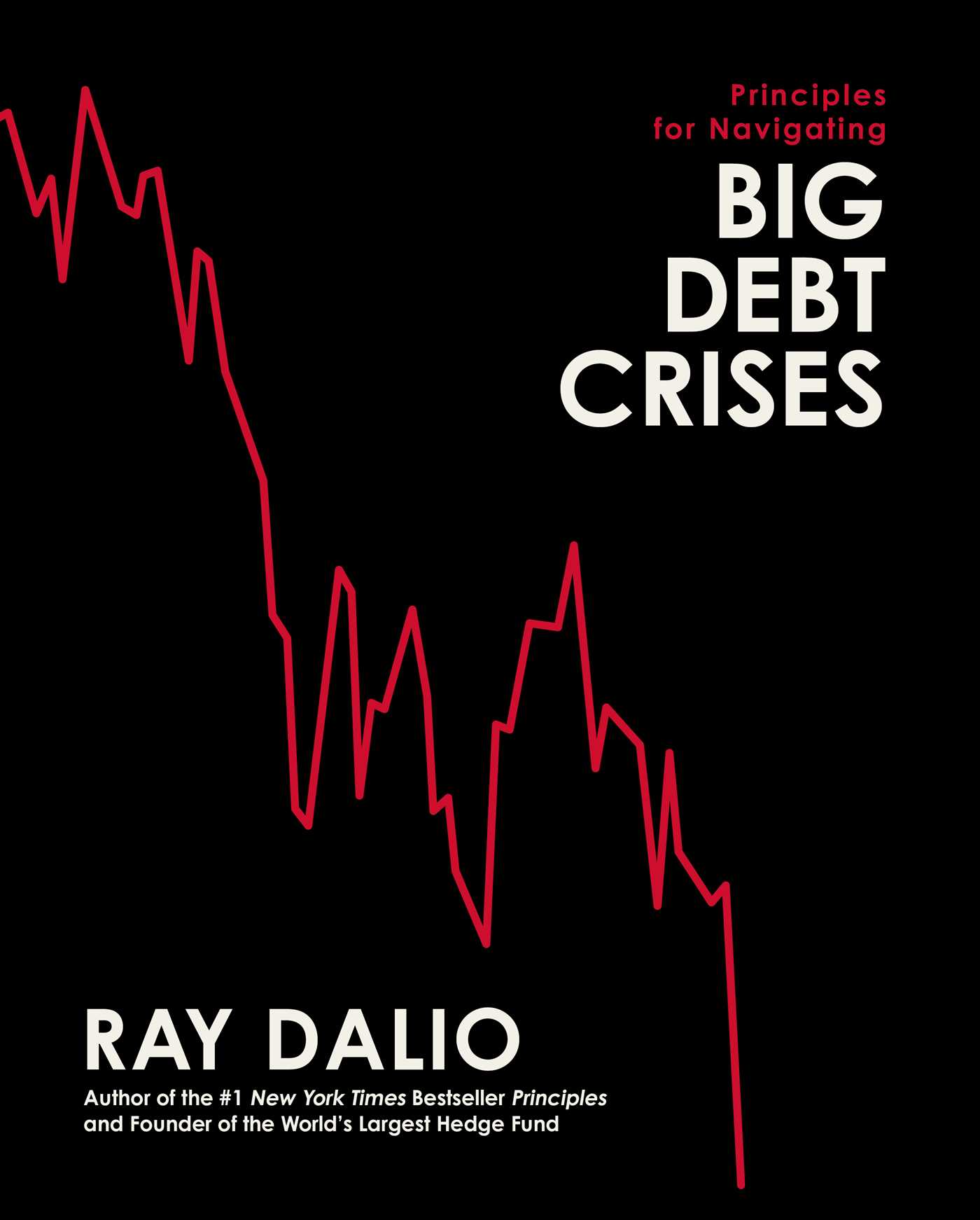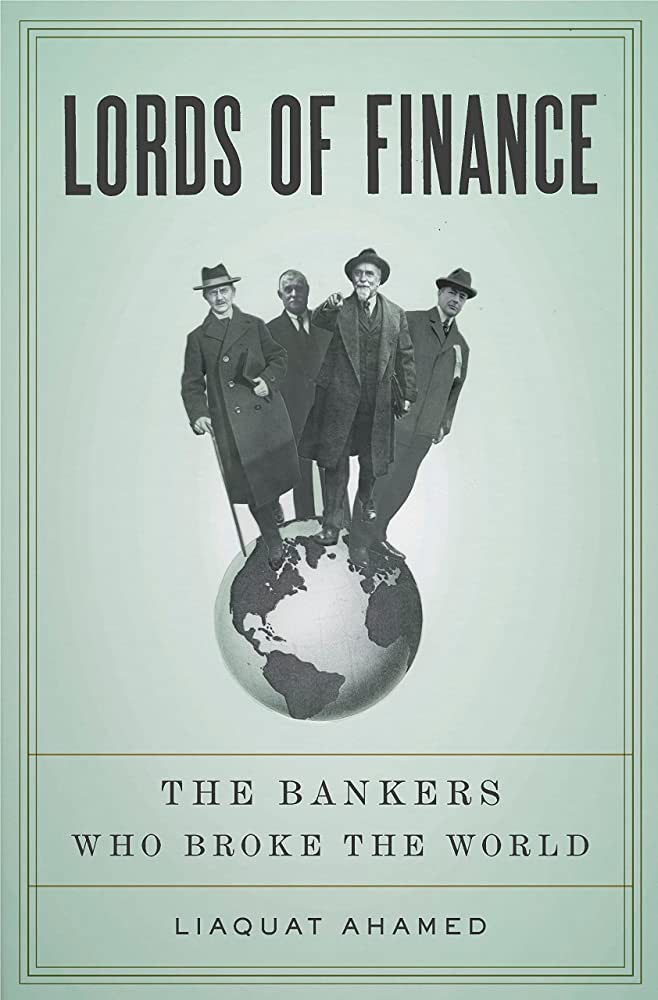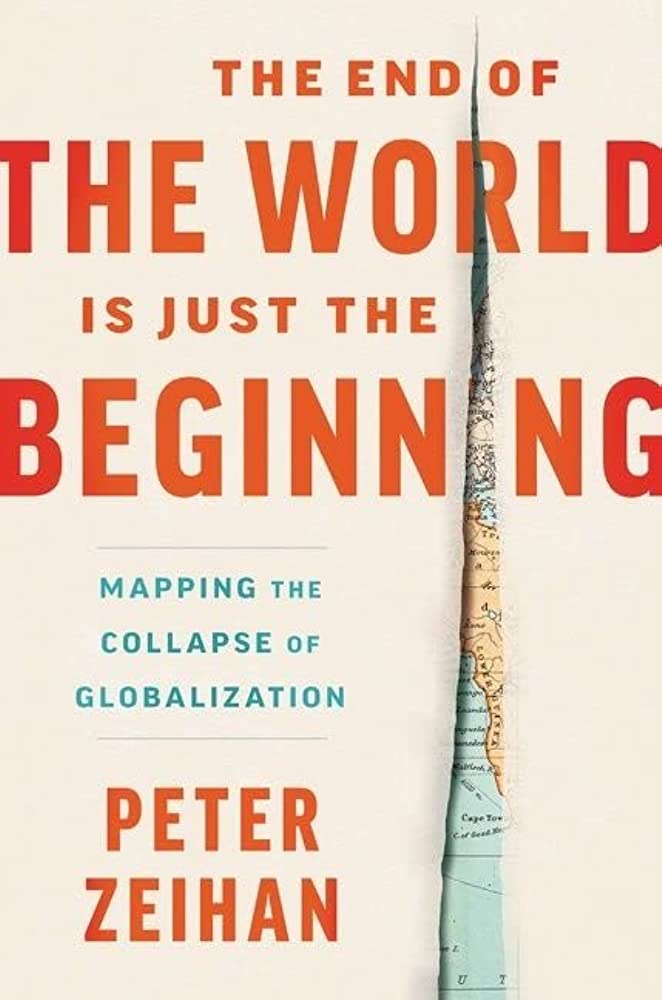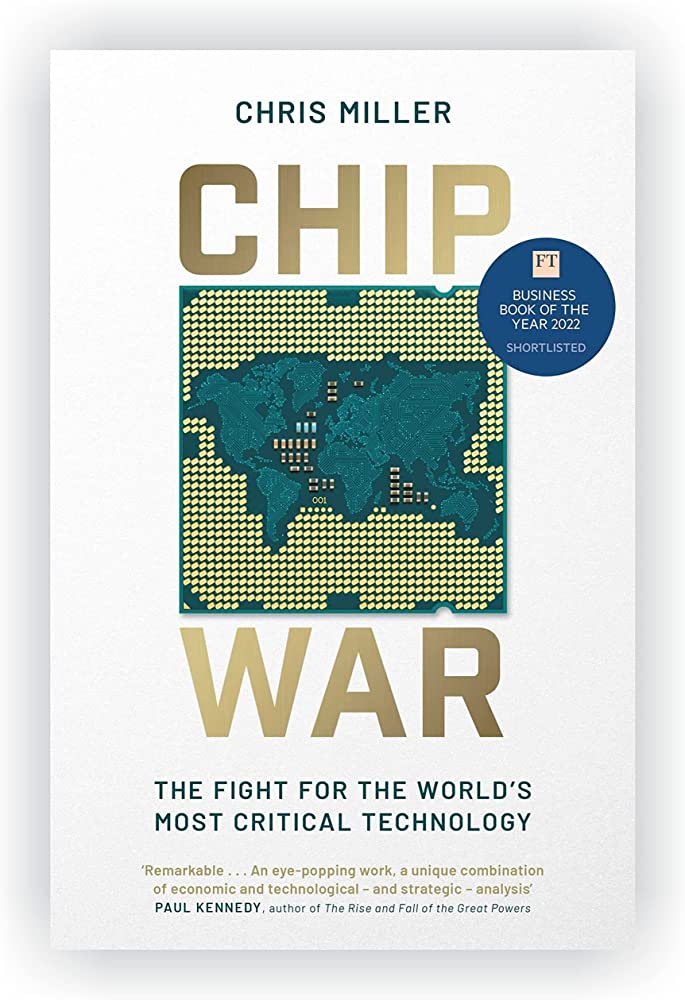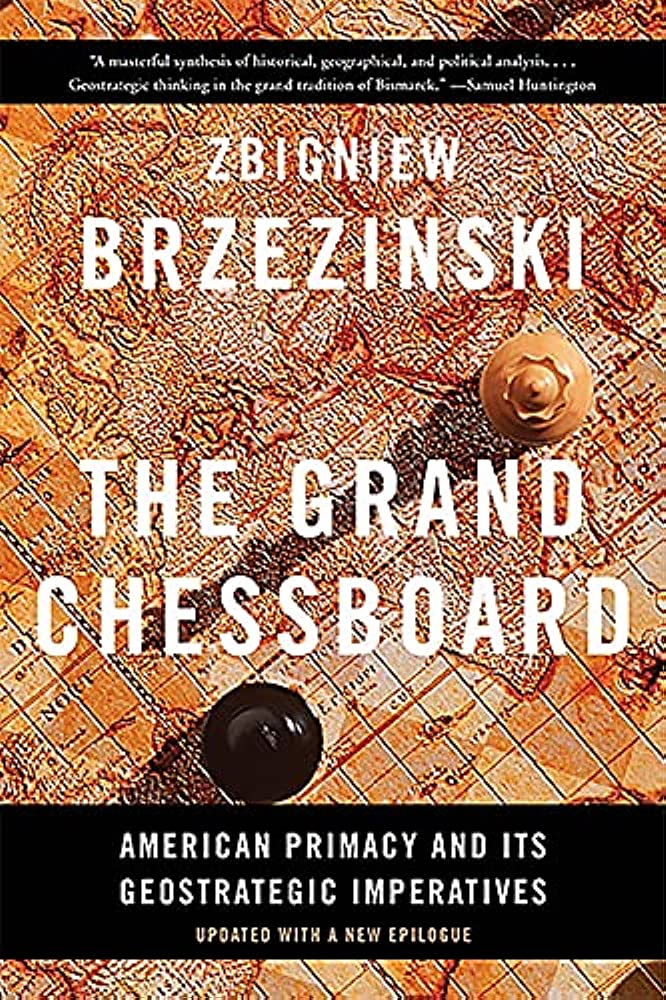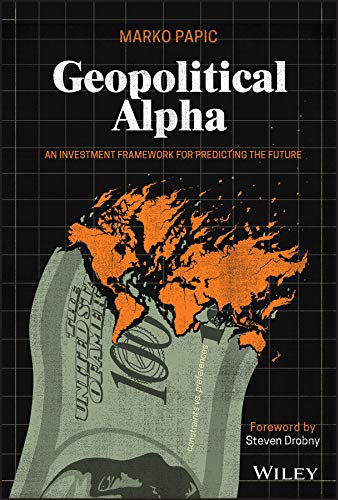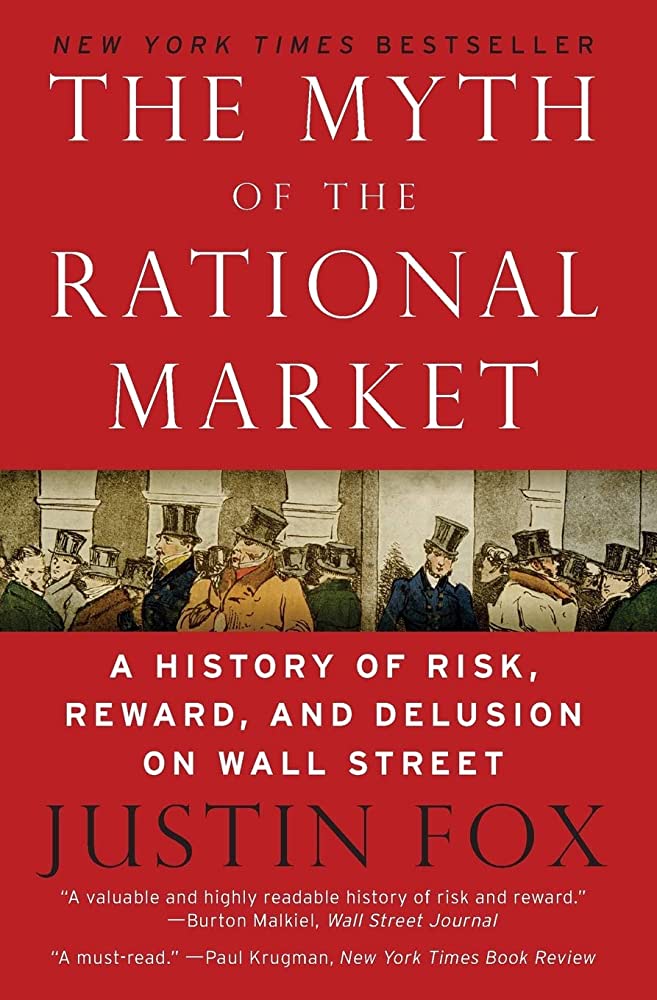For today’s article, I wanted to take a step back from the day-to-day movements of markets.
Instead of focussing on where T-Bills / Fixed Deposit rates are going.
I wanted to discuss how to build a deeper understanding of markets.
Because if you plan to spend the next few decades investing in financial markets, doesn’t it pay to invest some time improving your knowledge?
How to improve your knowledge as an Investor in 2023?
I’ve found that the best way to improve as an investor, is to learn from the mistakes of others.
And the best way to learn from the mistakes of others, is to read about them.
History.
Lots, and lots of history.
Because while the setting and the players may change.
Human nature never changes.
Top 10 Investment & Finance Books to read in 2023
With that in mind, I compiled the Top 10 Investment & Finance Books to read in 2023 – to improve as an investor.
These are the books that I’ve personally read and found to be the most helpful for me in my investing journey.
And I highly recommend you to read if you want to improve as an investor.
I will split the books into 3 categories:
- Macro
- Geopolitics
- Market plumbing / Liquidity
List of Top 10 Investment & Finance Books to read in 2023
Here’s the Top 10 Investment & Finance Books to read in 2023 in list form.
I will share deeper thoughts on each of them in the article below.
- Macro
- Geopolitics
- Market Plumbing / Liquidity
Macro
Long time readers of Financial Horse know I love macro investing.
Macro investing is defined as:
strategy that bases its holdings primarily on the overall economic and political views of various countries or their macroeconomic principles. Holdings may include long and short positions in various equity, fixed income, currency, commodities, and futures markets.
It’s basically reading through centuries of market history, understanding how everything happening in financial markets today has happened in some form in the past.
And trying to make money from what happens next.
Macro investing has had a tough decade due to central bank liquidity suppressing volatility across the board.
But if 2022 is anything to go by, we are likely to return to the heyday of macro investing.
Interest rates, inflation, forex – we’re going to see a lot of volatility in the years ahead.
The “Bible” of Macro Investing
Manias, Panics, and Crashes: A History of Financial Crises, Seventh Edition
Aliber, Robert Z.
OR
Principles for Navigating Big Debt Crises
by Ray Dalio
The “Bible” for Macro Investing is somewhat tied between number 1 and number 2 on this list.
You can either read Manias, Panics and Crashes – which chronicles 500 years of market history and how it repeats endlessly across time and geographies.
Or you can read Ray Dalio’s seminal work on Principles for Navigating Big Debt Crises, which sets out a blueprint for understanding how economic crises plays out.
Manias, Panics and Crashes is a slightly older piece that is based off the Minsky model.
This is the idea that market cycles go through the following stages:
- Rational Investment
- Speculation
- Bubble Top
- Crash (Minsky Moment)
And it goes through 500 years of market history to share examples of this playing out time and time again.
Whereas Principles for Navigating Big Debt Crises is a more modern take from Ray Dalio.
Splitting economic crises into 2 types:
- Deflationary Depression – Think your classic recession, like 2008’s Lehman and 1930s Great Depression
- Inflationary Depression – Think an emerging market crisis that results in currency depreciation, like 1997’s Asian Financial Crisis or 1930s Weimar Germany
With a playbook on how each is likely to play out, and how to react accordingly.
If you only have time for one Ray Dalio’s is probably the better read.
But take it from me – just buy both and find the time to read them.
You’ll become a much better investor because of it, trust me.
These 2 are the “Bibles” of Macro Investing.
Read them well.
Bonus: Lords of Finance: The Bankers Who Broke the World Paperback – Illustrated, 29 December 2009
by Liaquat Ahamed
No other macro book can fit up there alongside the 2 above, so I’m not even going to try.
But if you wanted some lighter reader, you can pick up Lords of Finance.
Lords of Finance chronicles the 40 year period from the 1900s all the way up to the Great Depression.
And it does so from the lens of the 4 key central bankers – the US, UK, Germany and France.
In a very readable format.
If you wanted a technical understanding of the Great Depression pick up Ray Dalio’s Big Debt Crises.
If you wanted a more human understanding of the Great Depression, and the difficulty and constraints of policy making in the depths of an economic depression.
Pick up Lords of Finance.
It’s not a must read like the other two above, but still a good read.
Geopolitics
The past 30 years since the collapse of the Soviet Union – investors did not have to spare a single thought for geopolitical risk.
That is… until a certain Donald Trump came to power in 2018.
It’s fairly clear today that geopolitical risk and tensions are here to stay.
And on geopolitical tensions, there’s no fight bigger than the US-China fight.
In time to come, every other country will gradually get sucked into this.
You can already see how “smaller” conflicts like Ukraine and the Middle East are getting viewed in light of this broader conflict.
As an investor in the 21st century, you ignore geopolitical risk at your own peril.
The End of the World Is Just the Beginning: Mapping the Collapse of Globalization
Zeihan, Peter
If you want a quick primer into Geopolitics, this might be the most accessible book.
Peter Zeihan discusses how global supply chains in energy, agriculture, transportation, mining and industries work.
And how much of the industrial base we rely on today – relies on the protection of America (under Pax Americana).
With the US gradually withdrawing from its role as global policeman.
Who will step in to fill those shoes?
Without the US providing an umbrella of security and free trade, how will global commerce and supply chains evolve?
Zeihan might be slightly hyperbole in some of his conclusions, so do take it with a pinch of salt.
But the facts he cite, and the issues he raise, are well worth thinking over as an investor in the 21st century.
Chip War: The Fight for the World’s Most Critical Technology
Miller, Chris
The US-China trade war has come to a head over the most critical resource of all – semiconductors.
Access to cutting edge semiconductors is absolutely vital for machine learning / artificial intelligence development.
And whoever controls artificial intelligence, will control tomorrow’s future.
So you can imagine why US is so desperate to cut off China’s access to the most advanced semiconductors (while securing its own supply).
While China is so desperate to develop its own supply chain for advanced semiconductors.
And yet as both the US and China have discovered – wanting to do something, is very different from actually being able to do it.
In an industry where every single piece of manufacturing equipment is based on mankind’s most advanced manufacturing techniques – the purest water ever made, the smoothest mirror ever made, the most advanced lenses ever made, the most advanced lasers ever made.
In an industry where all this technology and know-how is controlled by Korea and Taiwan.
In an industry where a new factory cost is measured in the tens of billions.
Wanting your own supply chain, and actually building it, are two completely different matters.
Chip War documents the history and evolution of the Semiconductor industry from its humble origins in Silicon Valley to the life-blood it is today.
And offers some clues on how it may evolve in the years ahead.
As a semiconductor nut, I loved this book.
Even if you don’t love semiconductors, I do think it’s worth taking the time out to understand this industry.
This will have big implications in the years to come.
The Grand Chessboard: American Primacy and Its Geostrategic Imperatives Paperback – Illustrated, December 6, 2016
by Zbigniew Brzezinski
The premise of The Grand Chessboard is simple.
Eurasia (the landmass of Europe and Asia) is the single largest land mass in the world.
Both population and resources wise, Eurasia is the centre of gravity for the world.
America is the first superpower in the history of mankind, that is not based in Eurasia.
For America to retain its supremacy this decade, it MUST retain influence over Eurasia.
And this can only come in 2 forms:
- Western seaboard of Eurasia (ie. Europe)
- Eastern seaboard of Eurasia (ie. China and Russia)https://amzn.to/423tTTC
Considering that this book was written in 1998 (by the former National Security Advisor to President Jimmy Carter), it has proven to be remarkably prescient.
In the years since this book was written, US has completely alienated the key powers on the Eastern seaboard – China and Russia.
Their main hope of retaining influence in Eurasia lies with Europe.
Viewed through this lens, you start to understand why US is acting the way it is today.
It’s an old book, but the insights here remain as relevant as they were when they were written.
Bonus: Geopolitical Alpha
By Marko Papic
If you have a bit of time and want to dive deeper into Geopolitics, Geopolitical Alpha is a book I highly recommend.
It sets out the material constraints theory – which states that what leaders say is less important than the material reality they find themselves in.
Watch the material constraints, rather than what leaders say, and you can predict what they do next.
For example – Ukraine can make grand statements about the Russian conflict, but if the war materials from the West dries up, then the conclusion is clear.
That’s how this theory is supposed to work.
The problem of course, is the difficulty in applying this to the real world.
Still, a very good read if you’ve exhausted the other titles above.
BTW – we share commentary on Singapore Investments every week, so do join our Telegram Channel (or Telegram Group), Facebook and Instagram to stay up to date!
I also share great tips on Twitter.
Don’t forget to sign up for our free weekly newsletter too!
[mc4wp_form id=”173″]
Market Plumbing / Liquidity
If you want to succeed as a trade or investor, you must understand market plumbing / liquidity.
Otherwise you’re just buying blindly and hoping that prices go up in the short term.
Market plumbing / liquidity is the understanding of how money flows from its source (Central Banks, Governments, Private actors) to its destination (financial markets, banks, other countries, private actors etc).
In the short term, liquidity plays a bigger role in share prices than other factors like interest rates / earnings.
So it’s vital to develop an understanding of liquidity.
The problem is that it’s not easy to find good material on this, as most of the knowledge is picked up via practical experience rather than a textbook.
I’ve included the best that I know of below:
Capital Wars: The Rise of Global Liquidity 1st ed. 2020 Edition
by Michael J. Howell
If you want a primer on market plumbing / liquidity, this is probably your best bet.
It’s quite a technical read (and a bit dry).
But I mean… what else would you expect from a book on market plumbing / liquidity?
Broadly speaking, liquidity comes from 3 forms:
- Central bank
- Private sector
- Cross border inflows
Private sector liquidity is pro-cyclical – in the sense that when times are good, banks lend more. And when times are bad (like right now), banks lend less.
Hence in times of crisis or slowing growth, it is central bank liquidity that makes the difference.
Much of private sector liquidity these days is from shadow banking (and within that via repo markets), outside of the traditional regulated banking system.
That leaves a lot of blind spots for regulators, which is why during periods of tightening liquidity, you see the Feds having to scramble to plug liquidity holes (with repo in 2019, and with BTFP in 2023).
It gets a lot more complex than that though, so pick up this book if you want a deep dive.
A History of Money and Banking in the United States: The Colonial Era to World War II
Rothbard, Murray N.
As an investor today, you just cannot ignore US monetary policy.
Whether you’re investing in the US or Europe or Singapore, what the Federal Reserve decides to do with interest rates will affect you a great deal.
So it pays to take some time out to understand how the US monetary system came to be the way it is today.
A History of Money and Banking in the United States traces the development of the US monetary and banking system.
From the colonial era (17th century).
All the way to the creation of the US Federal Reserve, and the post WWII Bretton Woods system that cemented the USD as the global reserve currency.
It’s not an easy read, and can be a bit dry (again, that’s just the nature of plumbing / liquidity).
But persevere through it, and trust me that you’ll be all the better for it.
You’ll understand the intricacies of the Federal Reserve – what they can do, and what they cannot do, and what is grey in times of financial crisis.
And you’ll realise the lessons from the History of the US banking system can be applied universally.
Whether it’s to China’s banking crisis, crypto markets, or Japan’s yield curve control.
History never repeats, but you bet it often rhymes.
Read enough history, and you’ll realise that most of what is happening today, has happened in some form in the past.
The Myth of the Rational Market: A History of Risk, Reward, and Delusion on Wall Street
By Justin Fox
The Myth of the Rational Market summarises mankind’s most cutting edge understanding of finance and economics.
From the 1900s, all the way till today.
From the random walk theory to Markowitz’s modern portfolio theory, to the Efficient Market Hypothesis, to Black-Scholes option model pricing.
You may ask why an investor needs to understand what academics think about financial markets.
As long as you can make money, isn’t that enough?
That’s what I thought at first too.
Then I read this book in its entirety, and I can say wholeheartedly that is does 100% help.
By understanding a century’s worth of the most cutting edge finance / economics theories.
And understanding how they evolved from their rudimentary early days to where they are today.
It helps you understand the limits of current understandings of finance / economics.
And build on that knowledge to shape your own views on how to exploit those limitations.
Top 10 Investment & Finance Books to read in 2023 – To improve as an investor
And there you have it!
The Top 10 Investment & Finance Books to read in 2023, to improve as an investor.
You don’t necessarily have to read every single book on this list.
But use this list to discover where your blindspots in knowledge are.
And then supplement accordingly!
Trust Bank Account (Partnership between Standard Chartered and NTUC)
Sign up for a Trust Bank Account and get:
- $35 NTUC voucher
- 1.5% base interest on your first $75,000 (up to 2.5%)
- Whole bunch of freebies
Fully SDIC insured as well.
It’s worth it in my view, a lot of freebies for very little effort.
Full review here, or use Promo Code N0D61KGY when you sign up to get the vouchers!
WeBull Account – Get up to USD 500 worth of fractional shares (expires 30 May)
I did a review on WeBull and I really like this brokerage – Free US Stock, Options and ETF trading, in a very easy to use platform.
I use it for my own trades in fact.
They’re running a promo now with up to USD 500 free fractional shares.
You just need to:
- Sign up here and fund any amount
- Maintain for 30 days
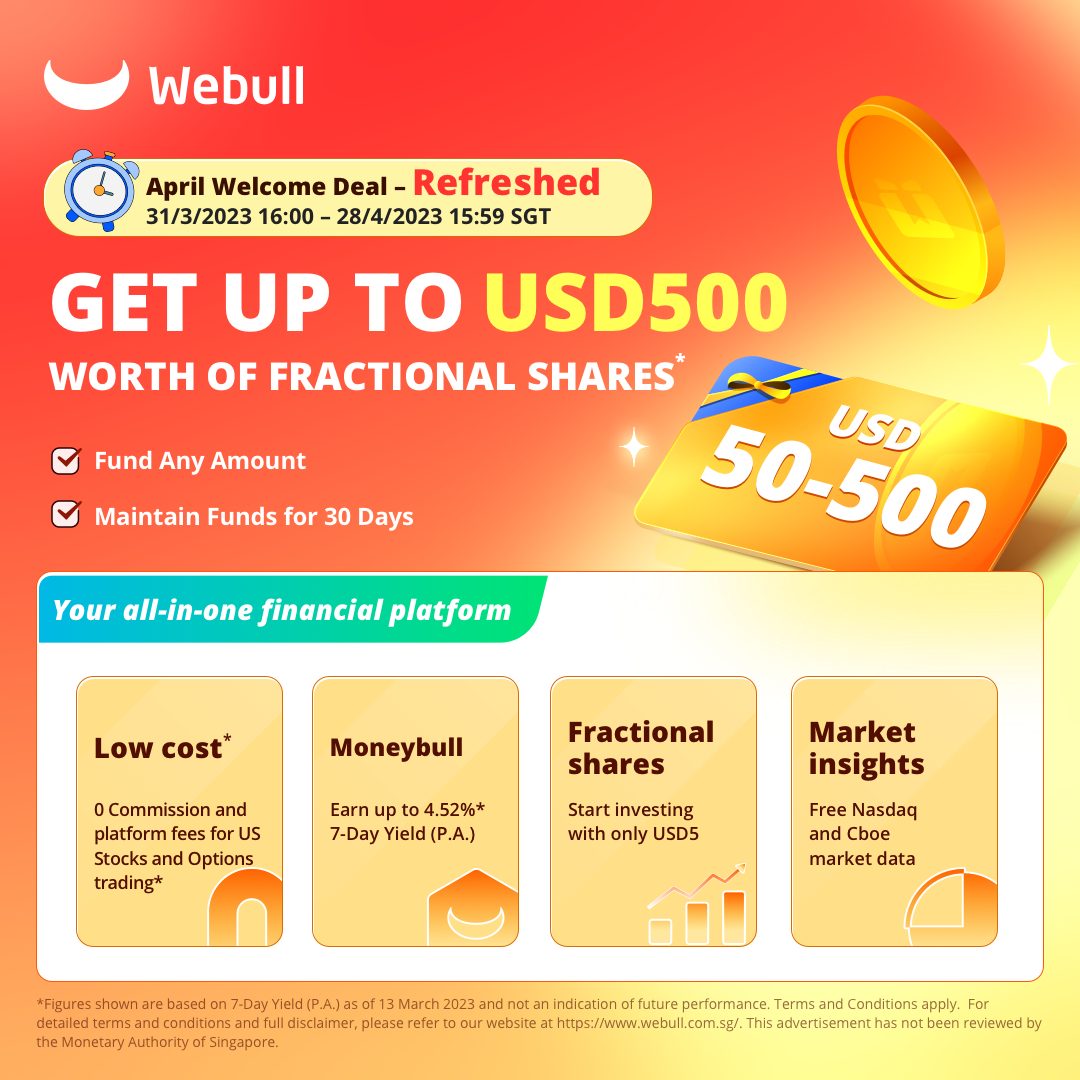
Looking for a low cost broker to buy US, China or Singapore stocks?
Get a free stock and commission free trading Webull.
Get a free stock and commission free trading with MooMoo.
Get a free stock and commission free trading with Tiger Brokers.
Special account opening bonus for Saxo Brokers too (drop email to [email protected] for full steps).
Or Interactive Brokers for competitive FX and commissions.
Do like and follow our Facebook and Instagram, or join the Telegram Channel. Never miss another post from Financial Horse!
Looking for a comprehensive guide to investing that covers stocks, REITs, bonds, CPF and asset allocation? Check out the FH Complete Guide to Investing.
Or if you’re a more advanced investor, check out the REITs Investing Masterclass, which goes in-depth into REITs investing – everything from how much REITs to own, which economic conditions to buy REITs, how to pick REITs etc.
Want to learn everything there is to know about stocks? Check out our Stocks Masterclass – learn how to pick growth and dividend stocks, how to position size, when to buy stocks, how to use options to supercharge returns, and more!
All are THE best quality investment courses available to Singapore investors out there!

